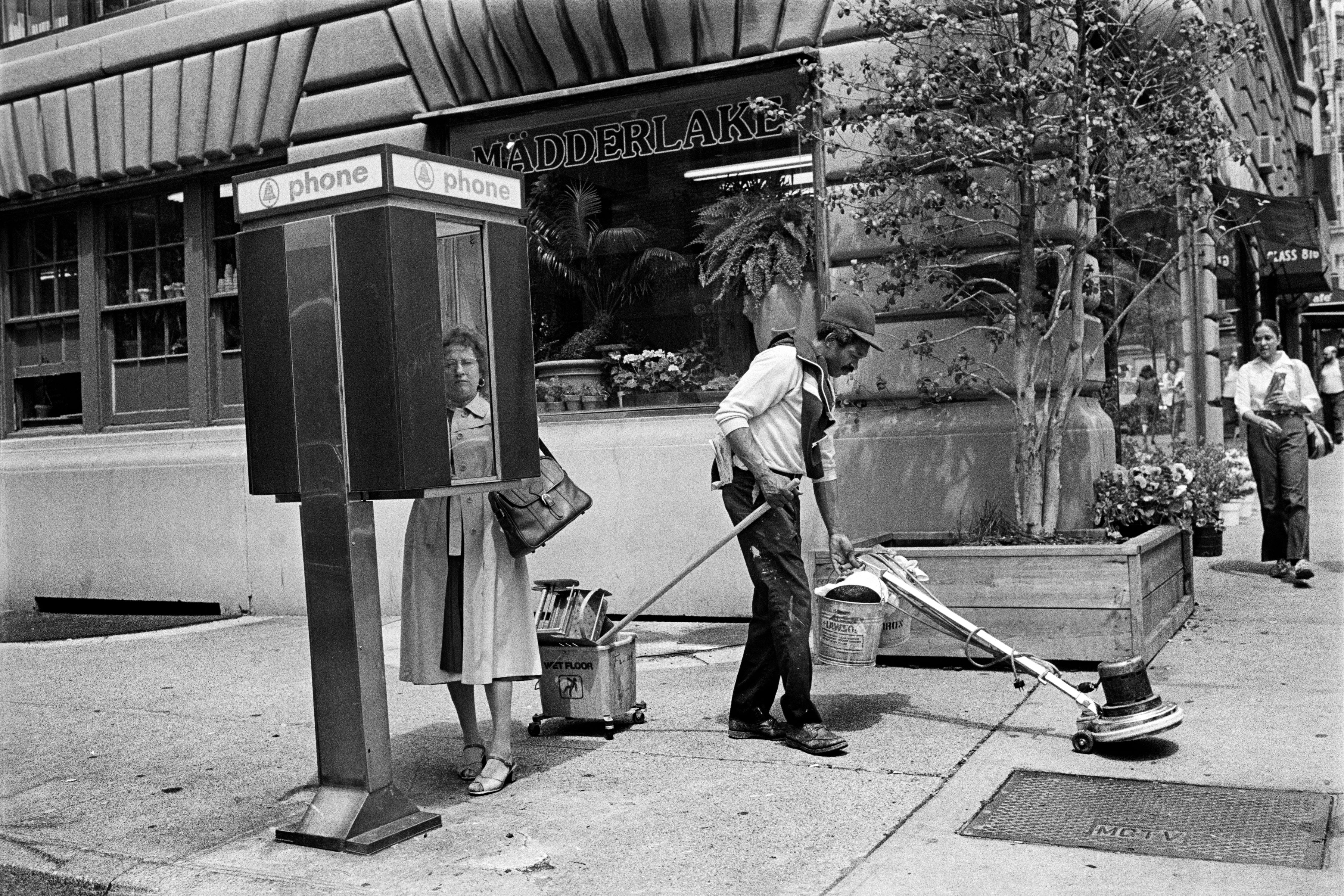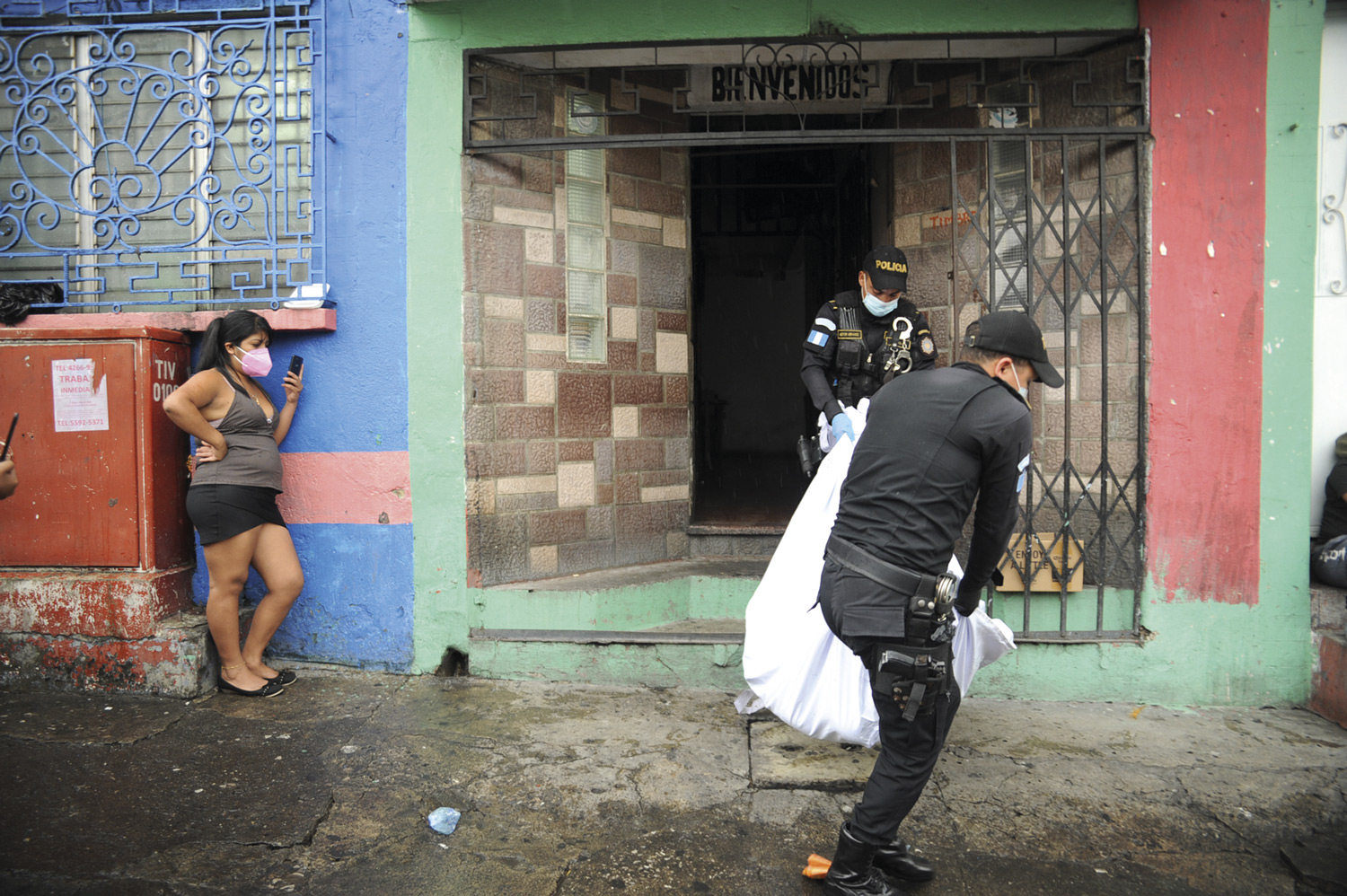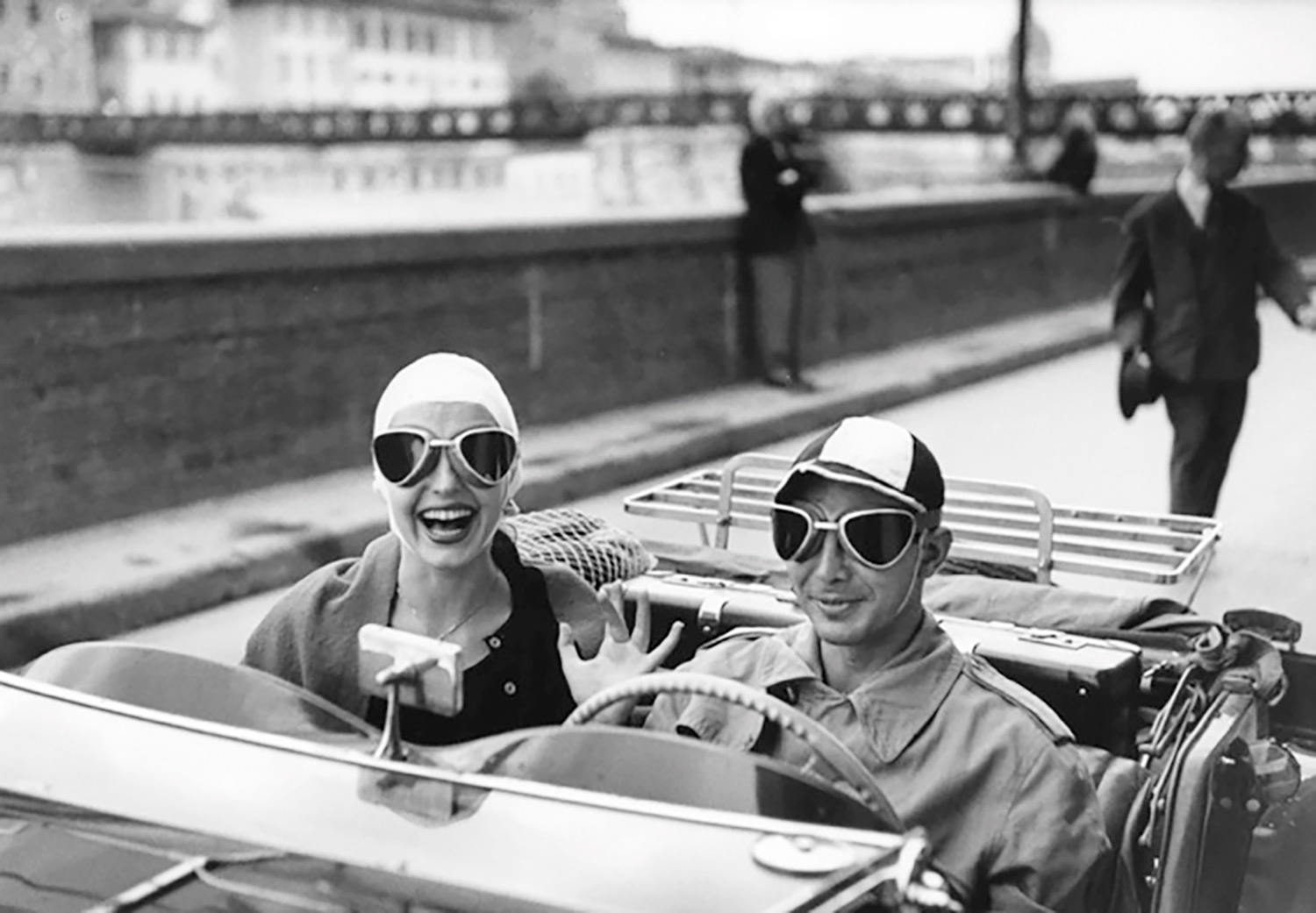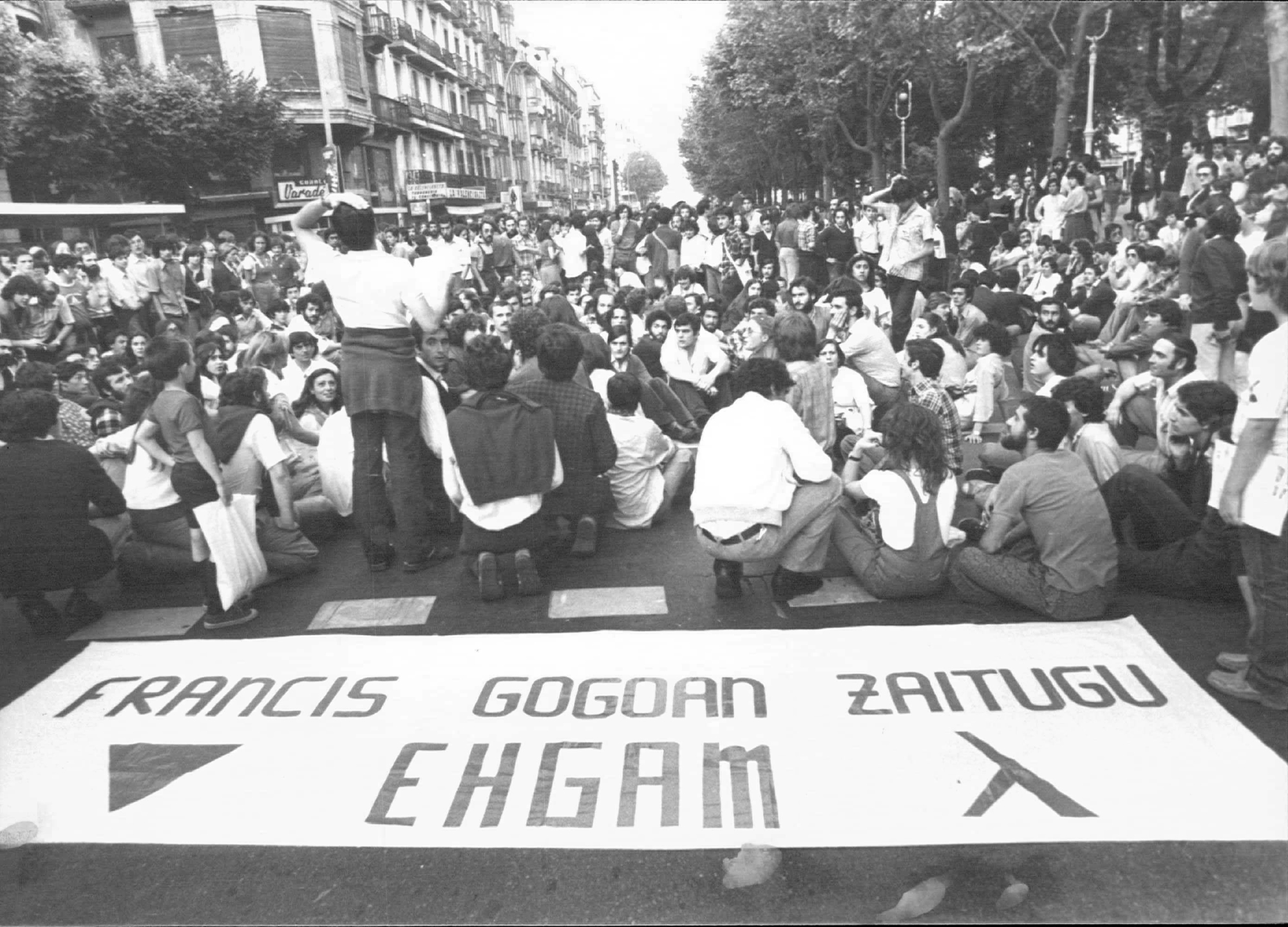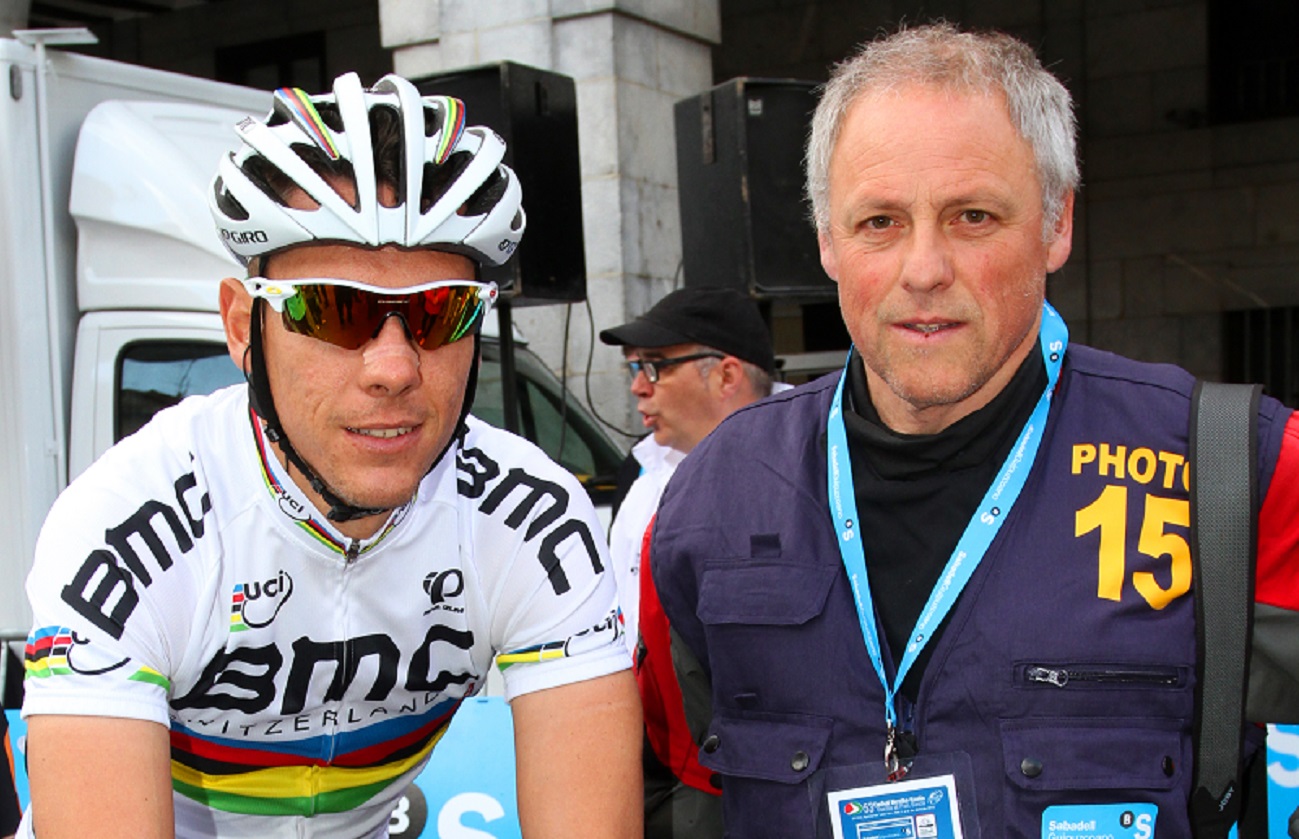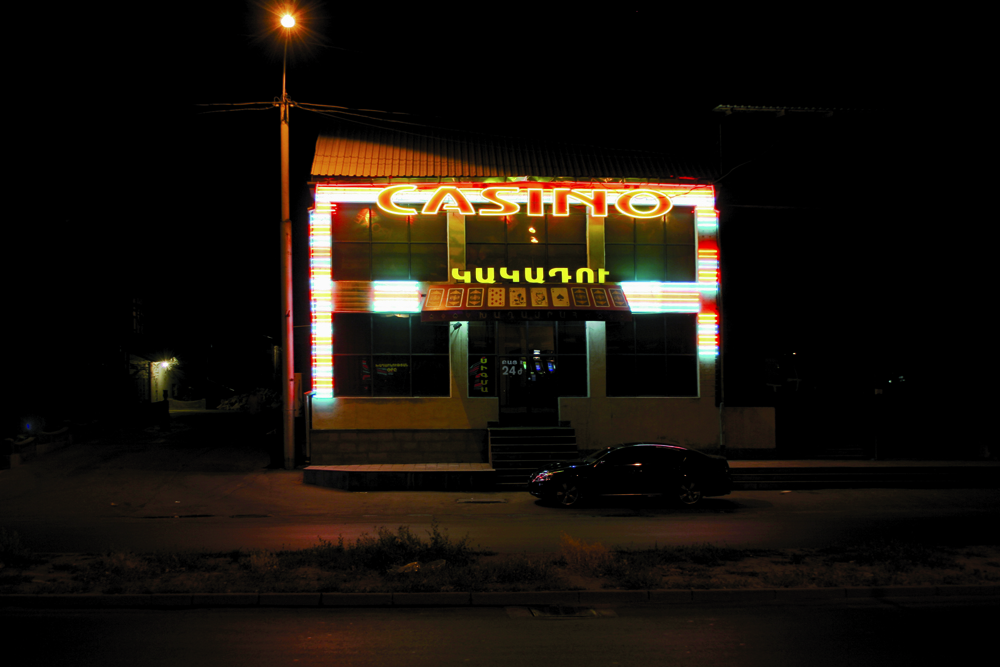
The Avant-garde gallery in Bilbao now hosts the exhibition, a series of photographs taken at the margins of the Po River, a nod to the filmmaker Michelangelo Antonioni, an attempt to catch the soul of a place in the wake of the documentary that he recorded in 1943. Most of the works are displayed on your website.
The artist is also considered an American documentary photographer, logical, as he completed his photography studies in New York, in Madrid. They've cited Walker Evans to talk about his work, but it's not necessary.
Begoña Zubero Apodaka (Bilbao, 17 September 1962) is a young woman with a very peculiar style and a great personality. It captures places in the photos, most of the time you don't see people, the landscape itself talks about its people.
Sometimes it is necessary to remember obvious things: “The photos are made with the head, not with the finger,” the artist said in an interview, “and both the pre- and post-photographic work are as important as the time of photography.” In the head, the artist launches into a place with an idea, but to put it mildly, that idea can change radically once in place, when you include it, when you know its details and nuances. You might take a photo and go home with others.
Begoña Zubero is an artist who has done many works. His best-known series may be Existenz, an essay to study the architecture of the twentieth century totalitarian regimes, which brings together photographs made in Rome, Moscow, Berlin, Warsaw and Erevan, including those of Berlin’s Tempelfoh airport.
During his stay in Armenia, the eye and camera moved to other places, where he formed this series of Cas & Gas, which brings together casinos and gas stations, a sample of the new Armenia.















